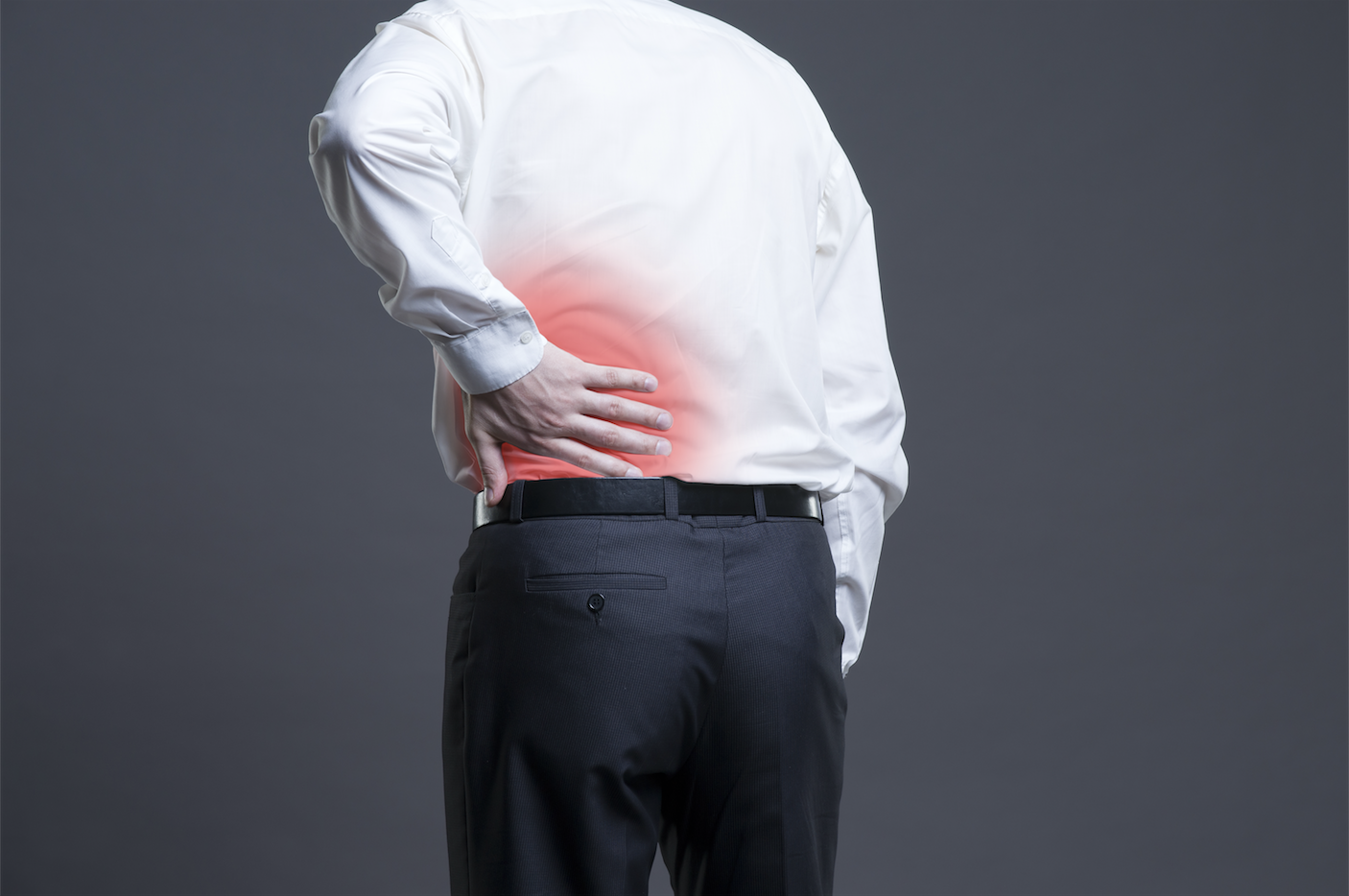Revolutionizing Patients’ Options for Treatment of Kidney & Ureter Stones
Anyone who’s had to endure the agony of a passing a kidney stone before will do anything to avoid it again and surely he`ll be able to warn you: it`s not an experience to take lightly!
Despite being a health problem since ancient times, kidney stones have become a more prevalent global problem in today’s population due to improper dietary habits and stressful lifestyle. They tend to run in families and are more common in men aged between 20-60 years as compared to women. Kidney stones occur due to the bad habit of not drinking enough fluids, high protein and salt diets, or genetics.
Frequent water intake helps in reducing the risk of minerals buildup in the urinary tract. Urine contains various concentrated minerals — such as calcium, oxalate, phosphate and uric acid — which are filtered from the blood by the kidneys. When there’s too much of these minerals in the kidneys and not enough water to dilute and flush them out, these minerals may collect and form crystals that grow larger and settle in the kidney to form `stones`.
Varying in shape and size, these stones may stay in the kidney or dislodge to move down into the ureter (the tube that leads down from the kidney to the bladder) and block the flow of urine. When this happens, kidney stones can become dreadfully painful, sometimes with abnormal urine color, blood in urine, chills, nausea and vomiting.
If you experience any of these symptoms, see your Urologist at once. He will likely perform a urinalysis, kidney function tests, urinary tract ultrasound, abdominal x-ray, or CT scan to confirm kidney stones are the source of your pain and determine their size and number.
Definitive treatment will depend upon the size of the stone, its location, the degree of urinary tract obstruction, and how bad your symptoms are. The good news is that not all kidney stones require drastic intervention. Often, small kidney stones pass on their own and don’t require any treatment apart from pain killers and medications that will help the stone pass. As long as the pain is manageable, and with the progressive downward movement of the stone, conservative management can be maintained as an option.
However, if the pain becomes too severe, the stones are too large to pass or blocking the urine flow, the problem becomes quite troublesome. A safe and effective treatment for these pestering stones becomes mandatory to quickly relieve the pain and prevent any further complications. The advanced laser treatment for kidney stones serves the desired purpose.
Thanks to technological advancement, Laser Lithotripsy or removal of kidney stones and ureter stones using laser energy is by far the most popular, safe and effective technology for fragmenting any form of stone, no matter what kind, and throughout the urinary tract, into tiny fragments that can be flushed out or excreted in urine.
Seeking a very clear view of the urinary tract, your treating Urologist inserts a small, flexible, and tube-like device called the Ureteroscope (a device with a tiny video camera and tools at the end of a tube) into the bladder, without surgical opening, and up the ureter while you`re under general anesthesia. Through the scope, the doctor examines the urinary tract and looks for the stone. Once the stone is found, a laser fiber is inserted through the tube, which aims a high-intensity laser beam at the stone. The laser beam breaks the stone (laser Lithotripsy), reducing it into dust and small pieces. After this, your treating Urologist removes the small stone pieces through a basket sent in through the Ureteroscope while the microscopic fragments are left behind to be flushed out naturally through the urine. A temporary stent might be inserted to keep the ureter open, regulate urine flow, and allow smooth passage of any fragments.
The use of laser (Lithotripsy) to break up kidney stones bears multiple advantages including rapid pain relief, reduced risk of trauma to the surrounding tissues, and speedy recovery. The procedure doesn’t take up a lot of time; laser treatment is fulfilled in about an hour or less. Moreover, being a minimally invasive procedure and without any surgical incisions, most patients are allowed to return home within a few hours and are able to return to average activity within 2 to 3 days.
Kidney stones may be little, but they represent a big problem. They are harmful to your kidney and can impair its function, or damage the urinary tract. If you have one kidney stone, the chances of developing a second one or more over your lifetime may exceed 50 percent.
Making smart choices about what goes into your body can diminish your risk for the pain and consequences of kidney diseases down the road. In a protracted case of kidney stones, you must reach out to a trustworthy Urology expert regarding modern laser treatment for kidney stones. Ureteroscopy and laser lithotripsy has significantly improved the management of kidney stones, providing a less invasive and more effective treatment. It is certainly the wisest choice for treating those stones affecting your quality of life.
Dr. Anis Haddad, MD
Urologist, Andrologist and Male Health Expert




No Comments